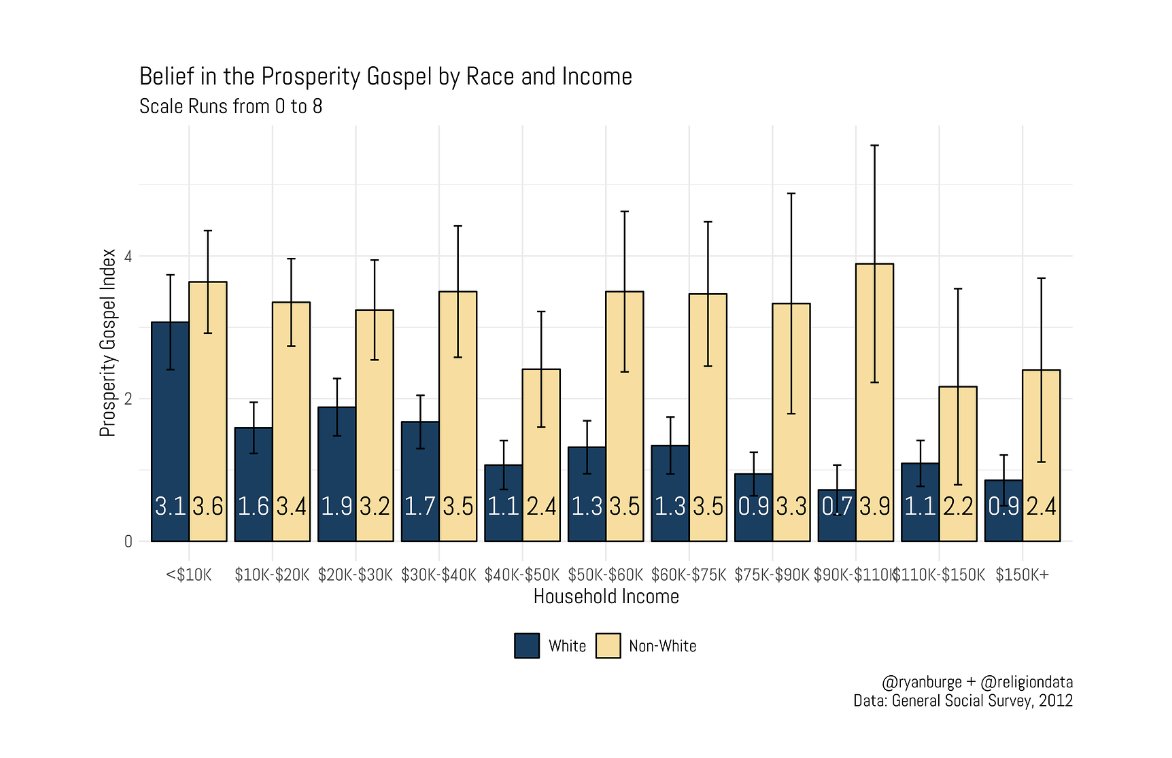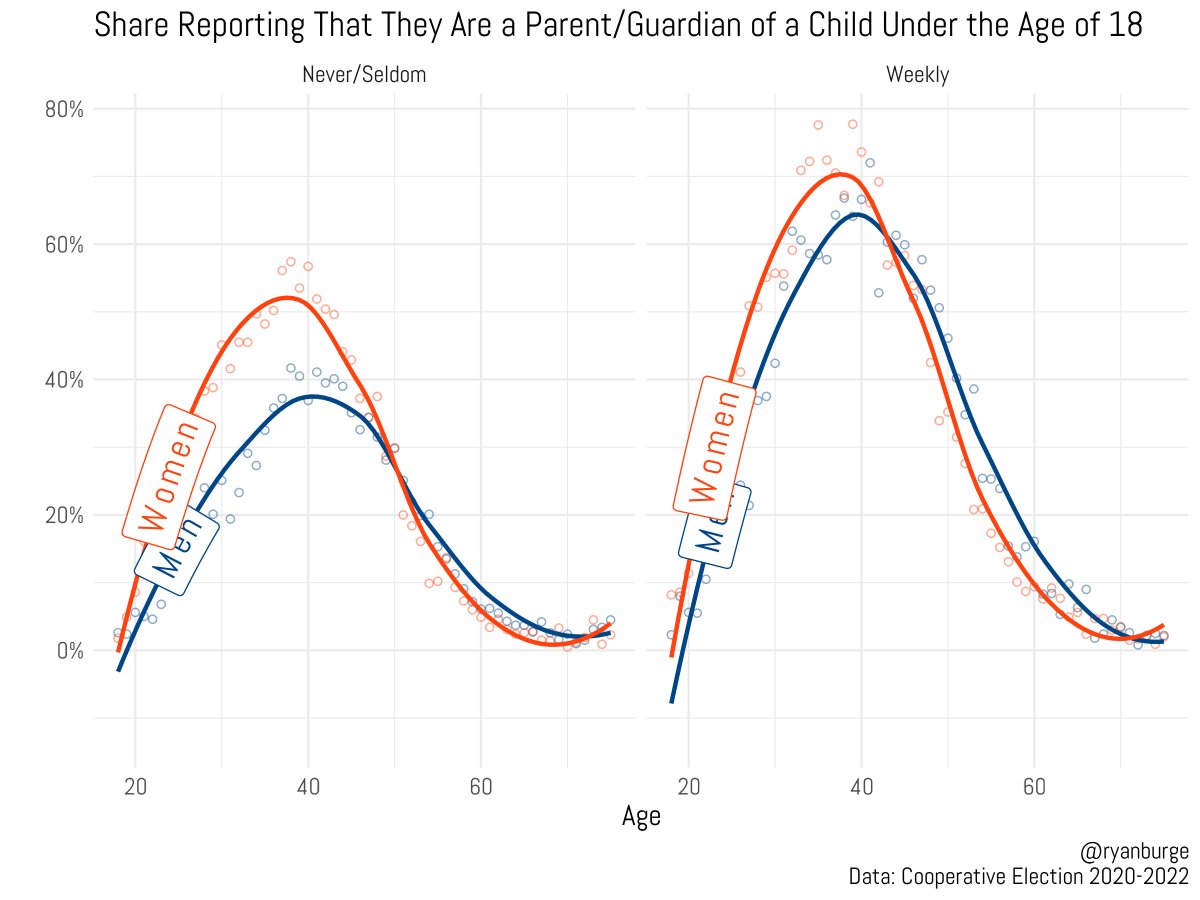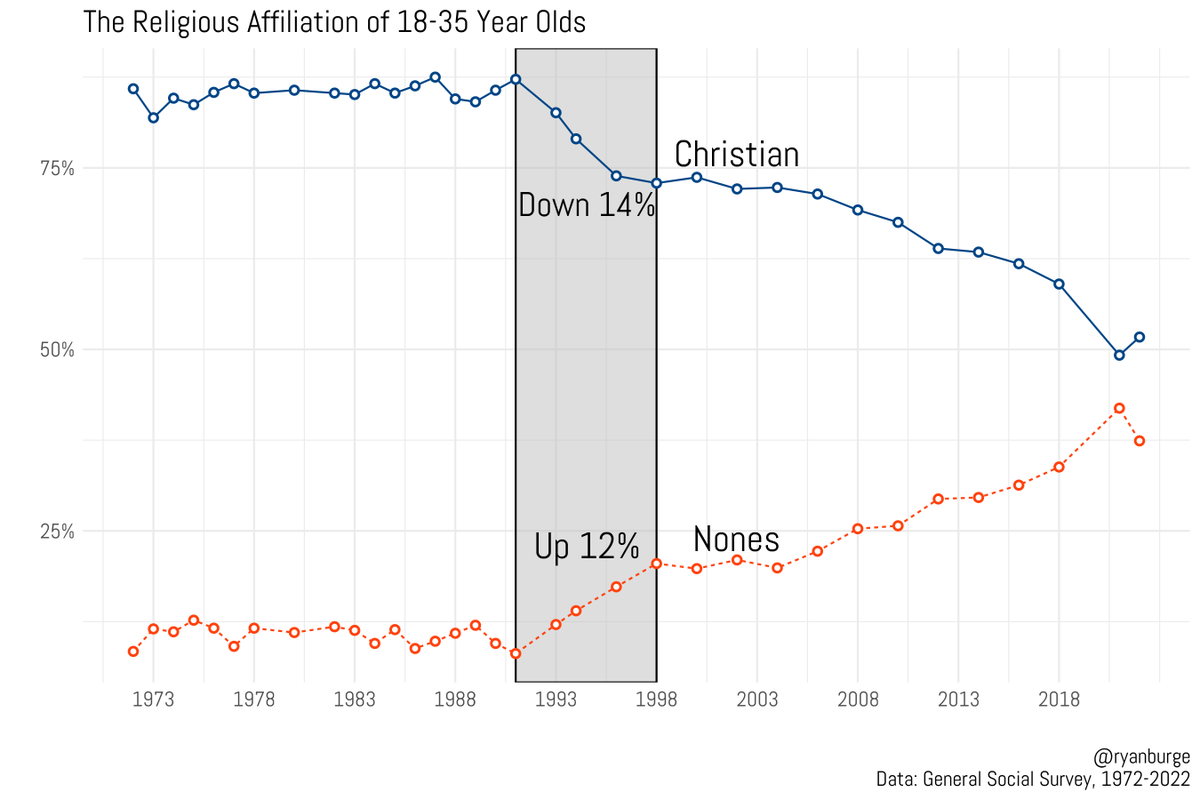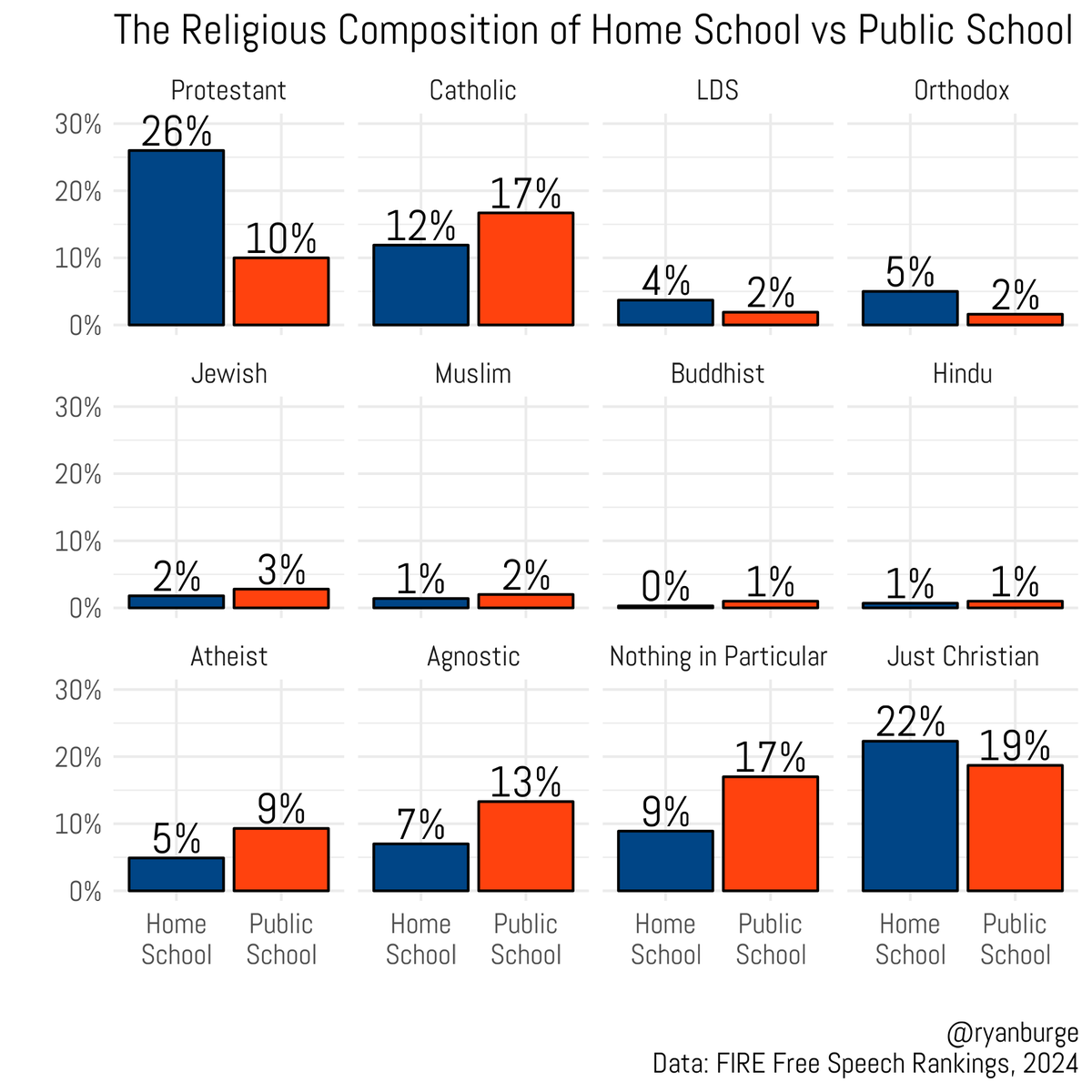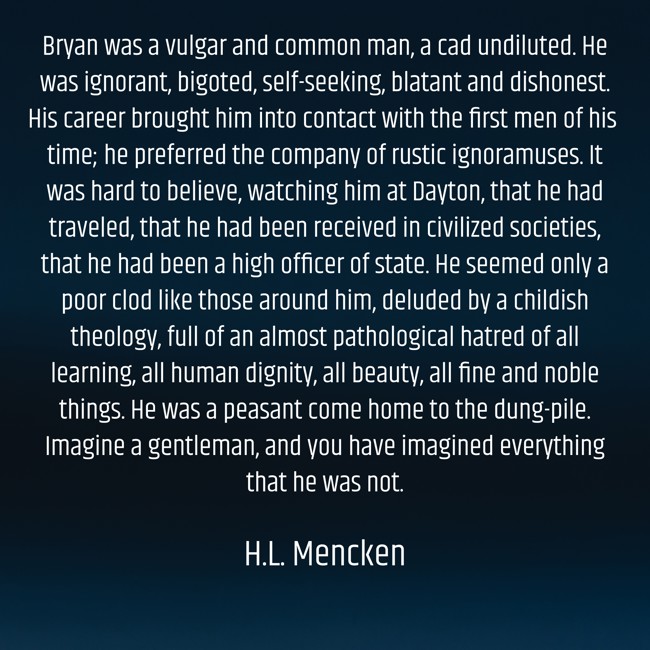
Ryan Burge 📊
@ryanburge
Teach: @eiu | Research Director: @myfaithcounts | Books: The Nones & 20 Myths | Pastor: @AmericanBaptist | Graphs about Religion
ID:14851168
https://linktr.ee/RyanBurge 21-05-2008 02:19:07
7,8K Tweets
24,3K Followers
184 Following















Interesting graph on belief in the Prosperity Gospel based on race/income, via Ryan Burge 📊
graphsaboutreligion.com/p/who-believes…
